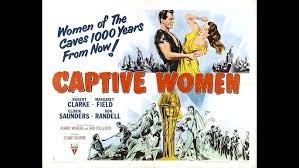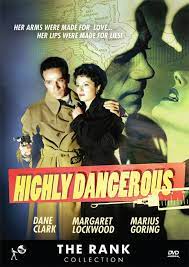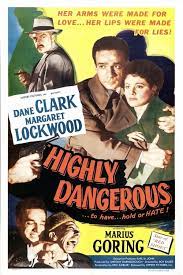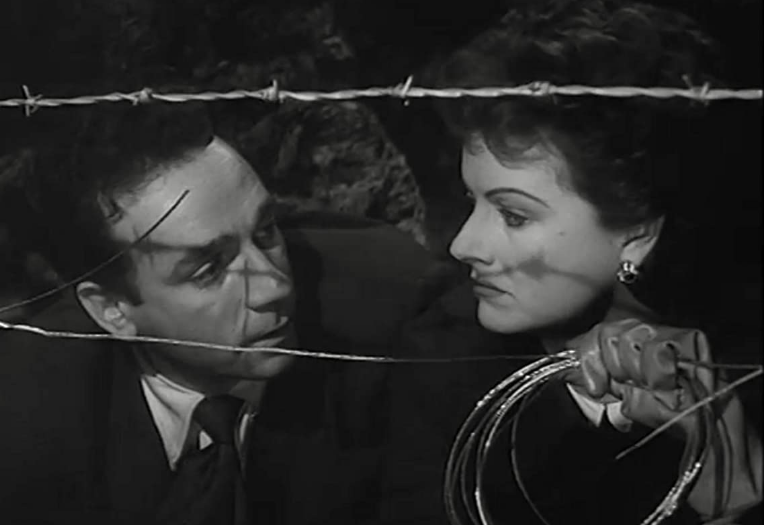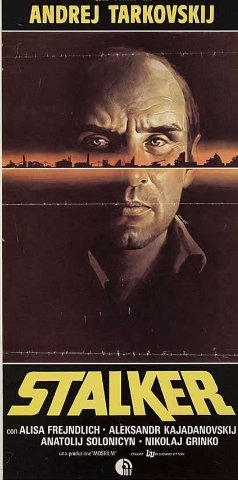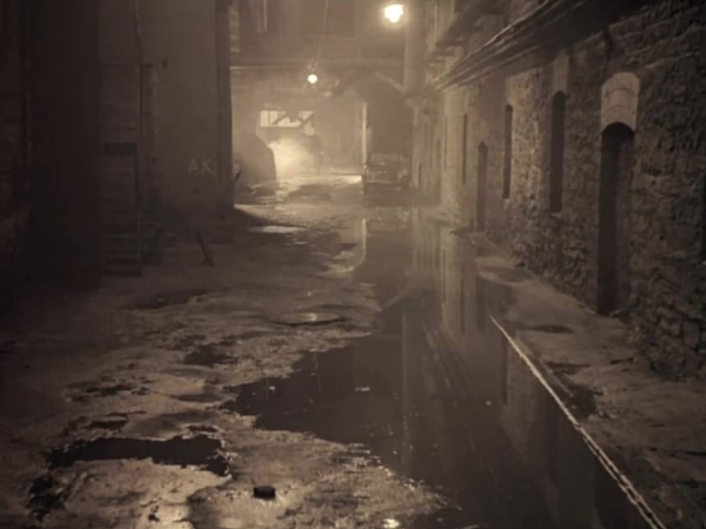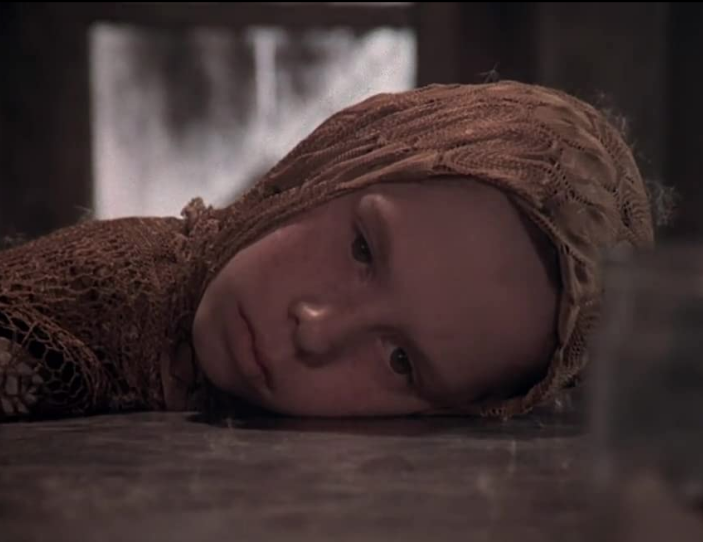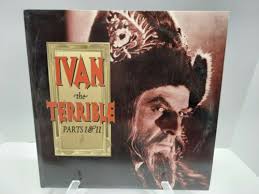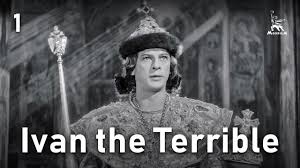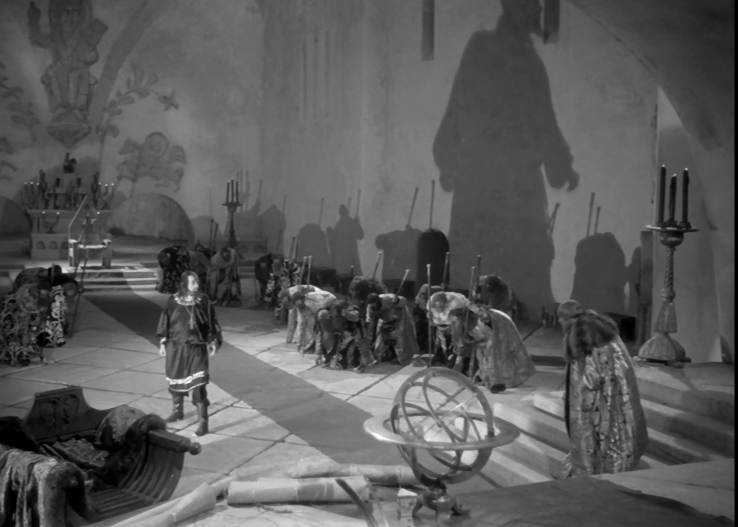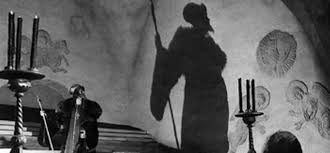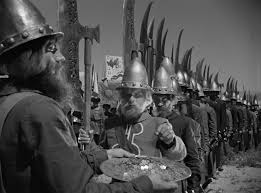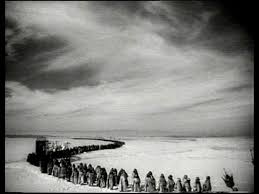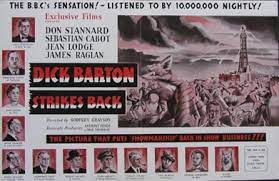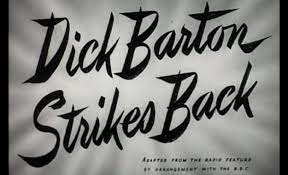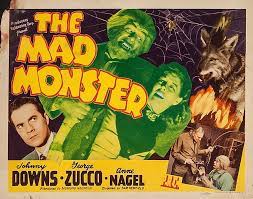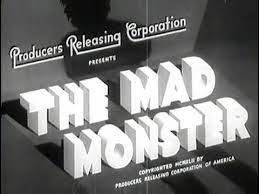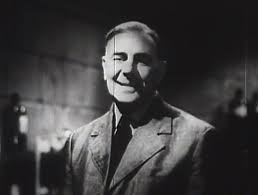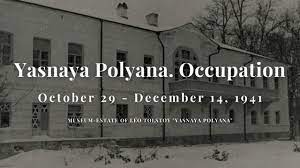1 April 2000 (1952)
IMDb meta-data is 1 hour and 24 minutes runtime, rated 5.8 by 235 cinematizens.
Genre: Sy Fy; Species: Austrian.
Verdict: All singing, all dancing, all whitewashing.
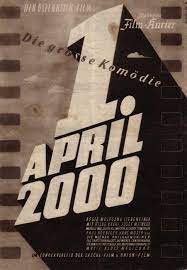
In early 2000 Austria declared its independence of the four-power occupation that had controlled the country since 1945 when the Red Army liberated Vienna. This declaration was noticed instantly by World TV in New York City, the headquarters of the World Global Union. A peacekeeping force of Michelin Men arrived in Vienna on flying marshmallows to collect WGU lederhosen, accompanied by WGU President Hilde. Before levelling the country and turning into a parking lot, she decided, since she is already there, to convene a panel to assess Austria once and for all.

Q was not available, so she summoned stereotypes from Africa, South America, and Asia to a be a jury. The newly elected president of Austria, Kurt Waldheim, then proceeded to defend the country by a display of dancing, drinking, art, poetry, music, and skiing. His whitewash of Austrian history is enough to make a US Republican green with envy. No bad, no ugly, only Good is on display. The historical repression of ethnic minorities, the near destruction of Hungary, the endless wars in the Balkans, the endemic anti-Semitism, the belligerence that led to World War I, the continuing irredentist tensions with Italy, the denial of the vote to women, the brazen murders of Moritz Schlick and Engelbert Dollfuss, the willing embrace of Anschluss, the enthusiasm for the SS, the denial of its own history, the national conspiracy of silence about the Brown Years, all of these are omitted in favour of Mozart, Strauss, Sissi, Rilke, Klimt, Freud, Mach, Semmelweis, Schrödinger, Gödel, Mahler, Schubert, and so on. Most of these latter individuals were reviled while they lived or ignored but now
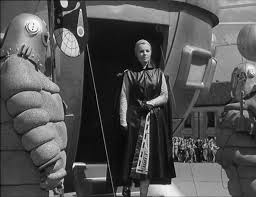
…..
In a strategy to divide the Axis powers, in 1943 the Allies had declared Austria the first victim of Nazi German aggression in the 1938 Anschluss. Later that was taken as exoneration for all crimes. It is alluded to in the film as though it bleached away any and everything that is not said or shown. There is a review of a short history of Austria elsewhere on the blog that has more about this volte-face and suppression of history.The national museum omits most of the decade of the Brown Years, I noticed on a tour in 2020.
After weeks of drinking, dancing, singing, and partying the panel members dry out long enough to stumble onto their flying marshmallows and take off, having decided Austria is free to waltz on. All is forgotten, leaving nothing to forgive.
Apart from the World Government, flying marshmallows, World TV, the personal communicators, and Michelin suits, 2000 is just like 1952 right down to the automobiles and clothes. Though the world president does support a snazzy 1920s cloche hat.
On the IMDb it is genre-ed as Romance (those two presidents), Fantasy (those marshmallows), and Comedy (those stereotypes), but not Sy Fy. Strange that. I would add Musical to the genre list for all that singing and dancing.
There is an entry for it on Scifist 2.0 that goes into great detail, as usual.
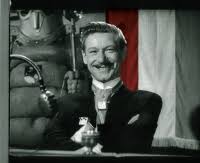
Note that the World President is a woman, who is direct, forthright, and not easily misled. No one finds that odd, and the Austrian president, the ever reliable Josef Meinrad, likes that. By the way he was in the Front Theatre in World War II that entertained Wehrmacht troops in the East. Make of that what you will.
I came across in on You Tube in a poor print for those who want to watch it in German.

